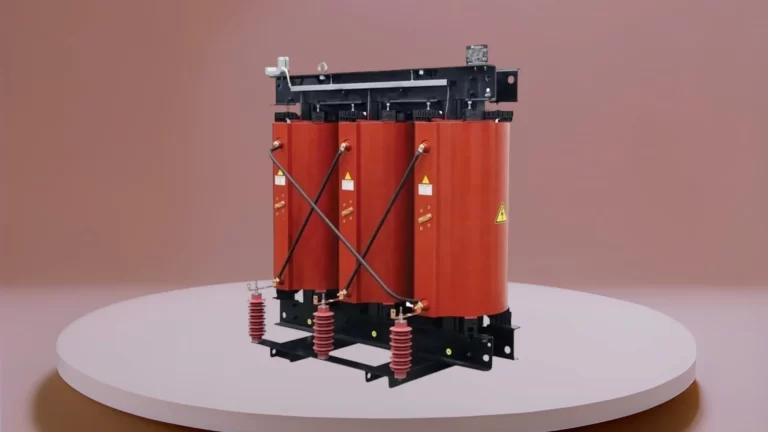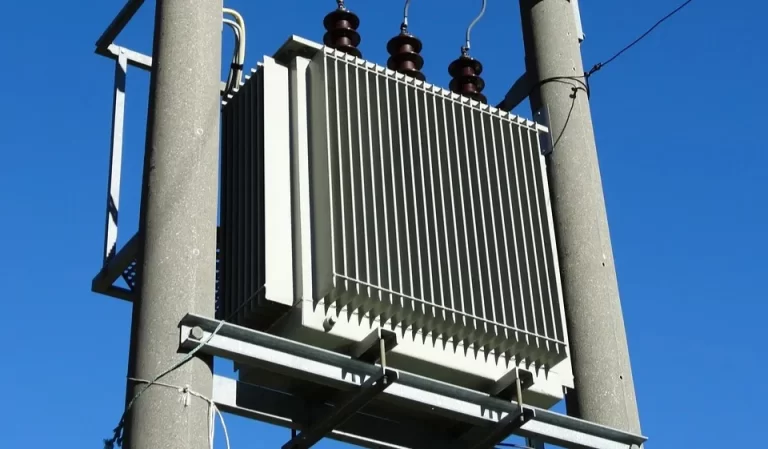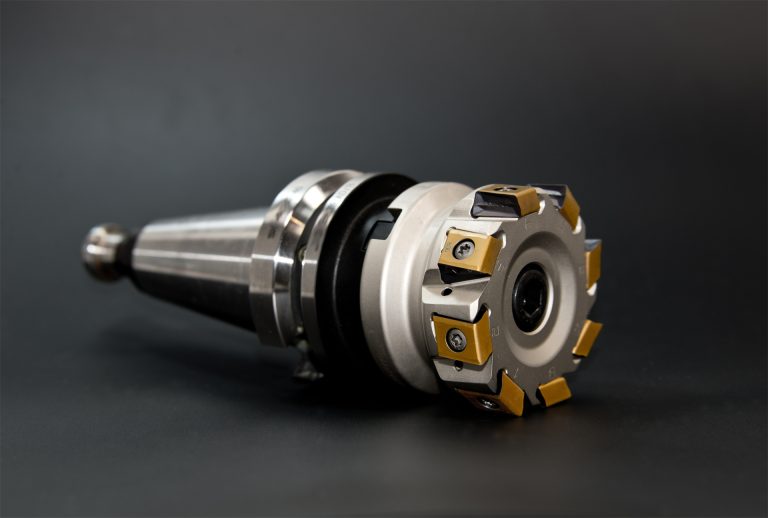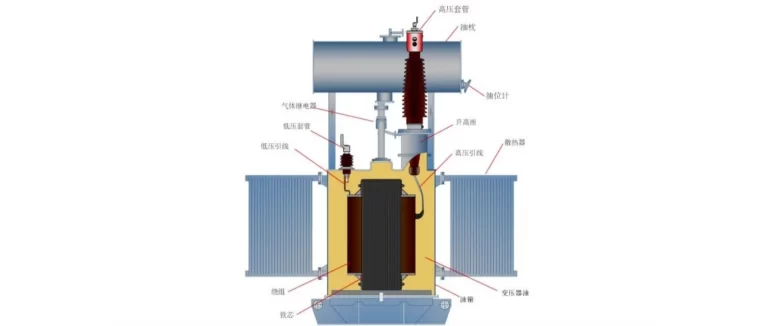Dry-type transformers can be categorized into different types based on their construction, insulation, and cooling methods. The two main categories are:
- Cast Resin Transformers (CRT):
- Also known as resin-cast transformers or cast resin dry-type transformers.
- The windings are cast in epoxy resin, providing mechanical support and excellent insulation.
- The epoxy resin used is non-flammable and resistant to environmental factors.
- Suitable for indoor and outdoor installations, including areas with high humidity or corrosive environments.
- Commonly used in buildings, commercial centers, and locations where safety and environmental concerns are critical.
- VPI (Vacuum Pressure Impregnated) Transformers:
- Also known as vacuum cast transformers or vacuum pressure impregnated dry-type transformers.
- The windings are vacuum impregnated with varnish for insulation and mechanical support.
- Varnish impregnation helps in filling the voids in the winding and enhances the insulation properties.
- Suitable for indoor installations where environmental conditions are relatively controlled.
- Used in applications like data centers, hospitals, and other environments with lower humidity levels.
Within these main categories, there can be further variations based on specific design features, voltage classes, and application requirements. The choice between cast resin and VPI transformers depends on factors such as the environmental conditions at the installation site, safety considerations, and the specific needs of the electrical system.
It’s essential to note that both cast resin and VPI transformers fall under the broader category of dry-type transformers, and the distinction lies in the insulation and casting methods used during their manufacturing processes. The selection of a particular type depends on factors like safety, environmental concerns, and the application’s specific requirements.




